- Learning time
- 20 minutes
- First play time
- 40 minutes
Honshu
Designed by: Kalle Malmioja
Honshu is part card-game, part tile-laying game, where the card you win in a trick is added to a growing landscape you’re building in front of you.
Each player begins with one starting province card on the table and a hand of six map cards, which are broken into six small landscape squares – they might be lakes, towns, forests, production squares (with a smaller coloured square within), factory squares (with a smaller coloured cog within) or the useless fallow areas. Each map also has a number, between one and sixty. At the start of the game player order cards are dealt out randomly. In each round, every player will play a map card to the table (following the player order) and the player who played the highest card will pick from all the played cards first and add it to their province, followed by the player who played the second-highest and so on. When adding it to your province there are two basic rules: it must overlap at least one square on the previously-played cards, and it cannot cover up a lake. If the card has a production area on it, you take a production cube from the supply and place it on the card.
The order players take cards will also become the player order for playing cards on the next turn, and after three rounds, everyone passes their remaining cards to the player on their left before play continues. After six rounds players are dealt a new hand of six cards. After the twelfth round, the game will end and everyone’s province is scored as follows: 2 points for every forest, 2pts for every lake adjacent to another lake (single lakes score nothing), 1pt for every square in your largest town, and variable points for factories and production squares: you may move any production cube to a matching factory square and score the points as shown on the cards.
Most points – wins!
It’s also worth mentioning that during play you can sacrifice resource cubes from your map to bump up your bid – the number on your played card – by sixty points. However as soon as one player does this anybody else choosing to do the same must play the same-coloured resource cube.
The guru's verdict
-
Take That!
Take That!
More than you might expect. It's not just that you might be outbid, it's that if you're playing cleverly you keep an eye on everyone's province and try and prevent them getting the cards they need.
-
Fidget Factor!
Fidget Factor!
Pretty low
-
Brain Burn!
Brain Burn!
It's not a game that'll send you into cognitive overload, but there's certainly some depth here with regards to your decision-making.
-
Again Again!
Again Again!
Lots of randomness in the cards, in how you start, even in what strategy you adopt.

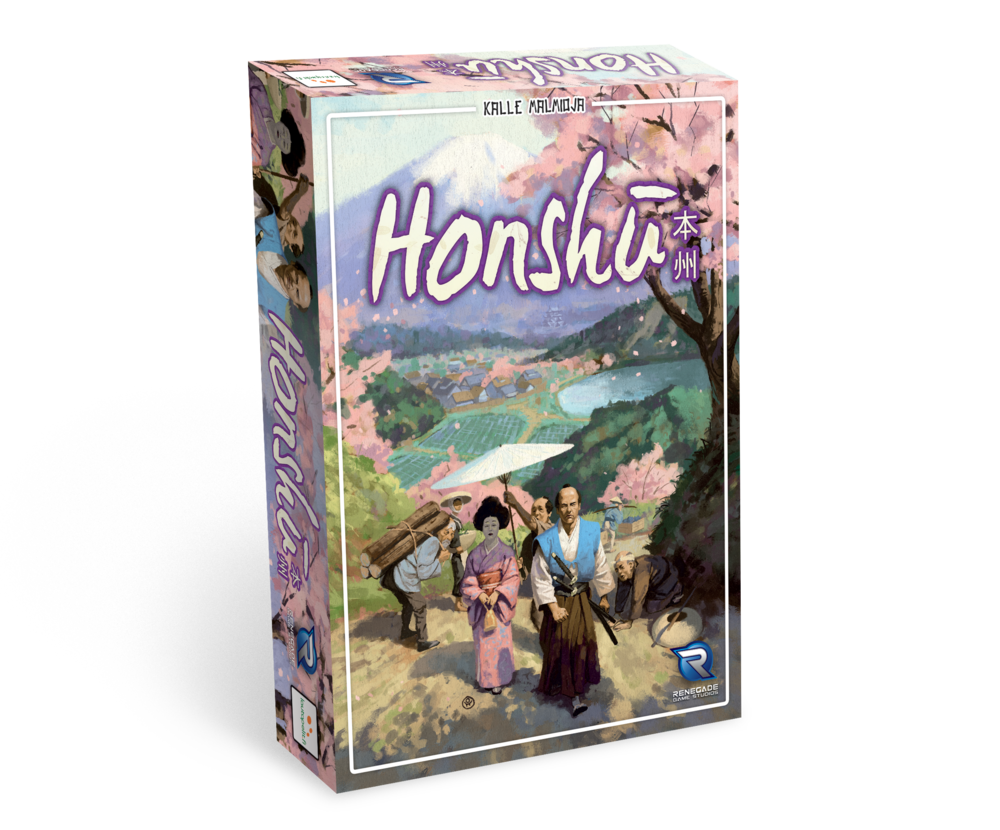


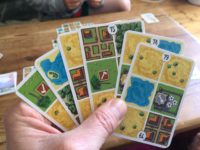


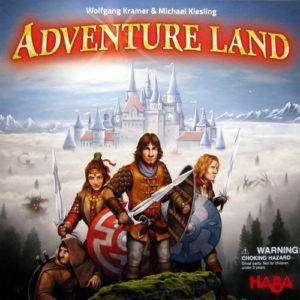
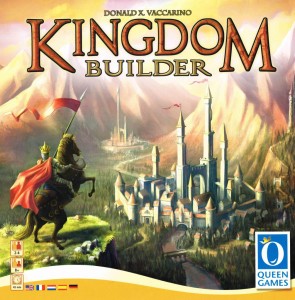

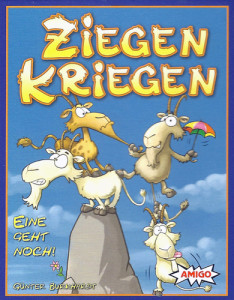
Sam says
A gentle game - even if you don't get the card you want, every turn is productive in some way and in that sense it's quite family-friendly. Potentially playable with children younger than eight, at a push. Looks nice, plays reasonably quickly... it's okay, just not very gripping or more-ish.